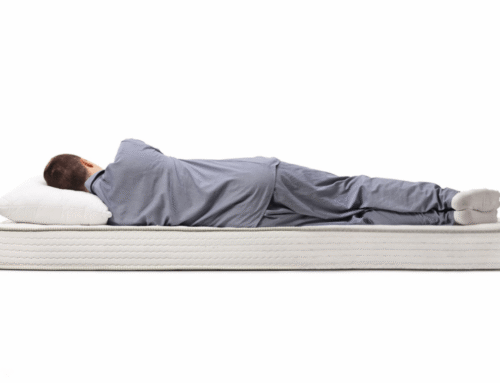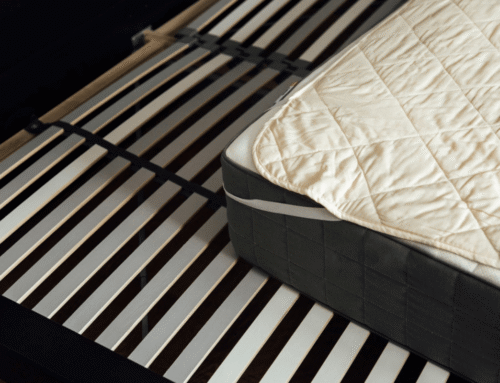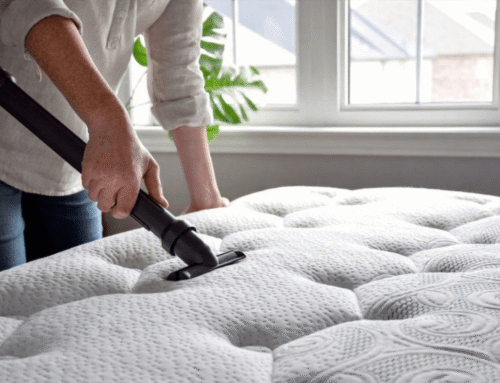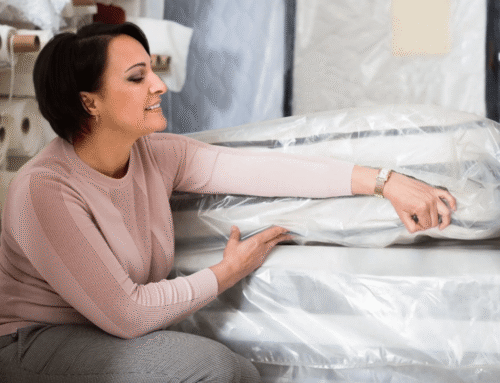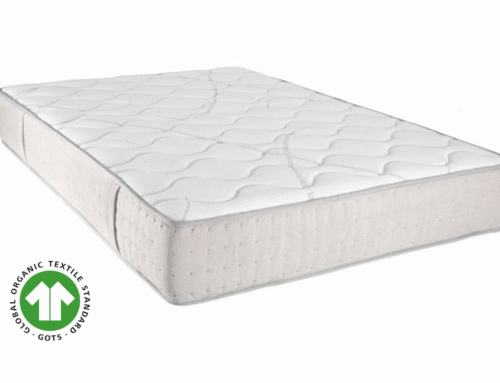Many mattress brands use words like “natural” or “eco-friendly,” which can confuse buyers. Just because a mattress has these labels does not mean it is truly organic. The real difference comes down to the materials and how the mattress is made. An organic mattress is built with natural cotton, latex, and wool, without harsh chemicals or synthetic foams. It also carries certifications like GOTS and GOLS. These labels confirm that the mattress meets strict standards for safety and organic quality.
Buying organic mattresses gives cleaner air at home, healthier rest, and less exposure to harmful materials. And to make things clear, we’ll walk you through what matters most so you can avoid false claims and choose a mattress that is truly organic.
Key Takeaways
- Choosing an organic mattress means you’re sleeping on natural cotton, wool, or latex without harsh chemicals. It helps reduce odors and keeps the air around you cleaner.
- These mattresses are good for people with allergies since they naturally resist dust mites and mold. You can breathe better and sleep without worrying about irritation.
- Look for trusted certifications like GOTS, GOLS, OEKO-TEX, or MADE SAFE. These labels confirm the mattress meets real organic and non-toxic standards.
- An organic mattress can stay in good shape for 10 to 20 years if you care for it properly. The upfront price may be higher, but it lasts longer and gives steady comfort over time.
- Choosing organic also helps the planet. It supports eco-friendly farming, reduces chemical waste, and uses materials that break down naturally instead of adding to pollution.
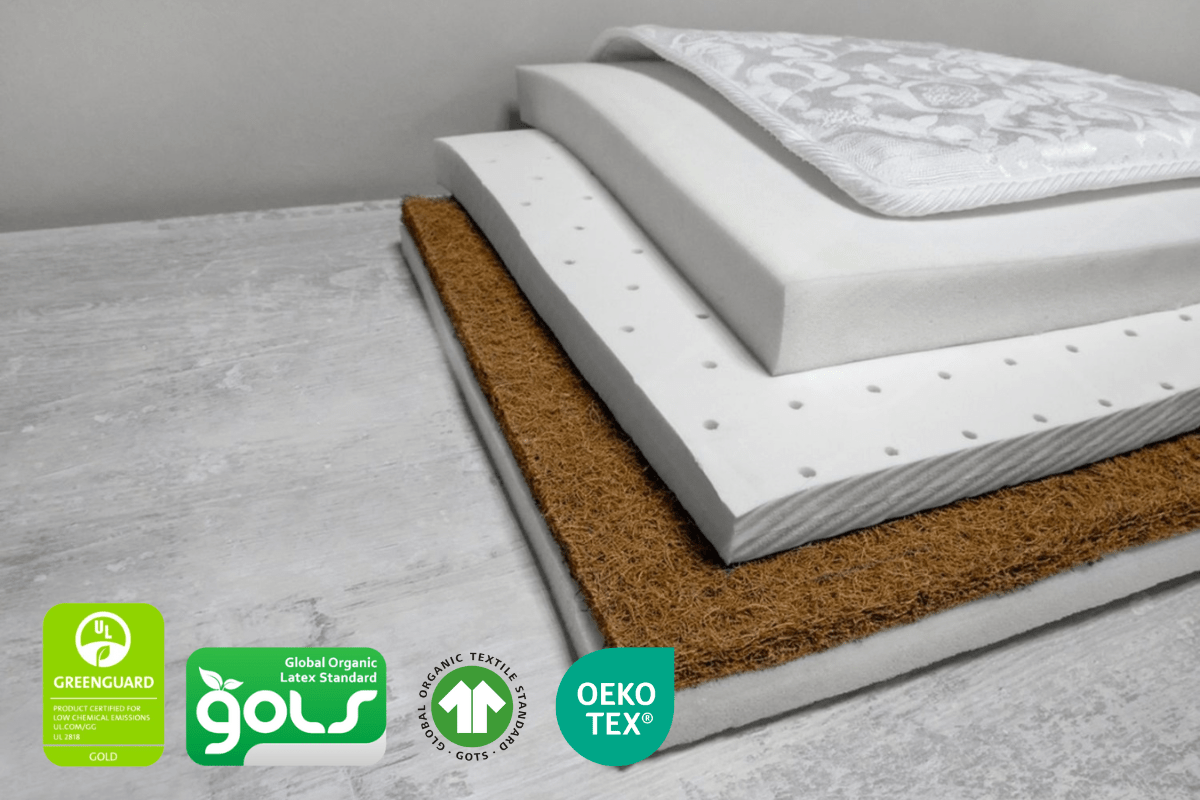
What Makes A Mattress Organic?
An organic mattress is made from natural materials that are grown or produced without harmful chemicals. Labels can be confusing since many mattresses claim to be “green” or “natural,” but that doesn’t always mean they’re truly organic. To be sure, it’s important to know what really sets them apart. The main factor is the material. Cotton, wool, and latex can be organic if they come from certified sources. These certifications show the materials are grown or processed without pesticides, harsh dyes, or other chemicals that can affect health and the environment.
Organic mattresses also carry trusted certifications to confirm their claims. Labels like GOTS or GOLS prove that the product follows strict standards. With these, buyers can feel confident they’re choosing a mattress that’s safer for their home and more responsible for the planet, showing how important an organic mattress is and the difference it brings in comfort, safety, and durability compared with conventional options.
Organic Mattress Materials
Organic mattress materials come straight from nature and stay free from harsh chemicals. They’re built with simple, untreated ingredients that make the bed feel clean and safe. A real organic mattress uses certified materials to prove it’s not just a label. The main components include organic cotton, wool, and natural latex. Cotton is grown without pesticides and used for the cover because it’s breathable. Wool adds comfort while helping with temperature control and fire safety. Latex, tapped from rubber trees, provides firm support when it’s certified.
What’s not included matters too. There are no chemical flame retardants, synthetic foams, or man-made fabrics inside. That’s the key difference between organic and “natural” mattresses. Organic ones meet strict standards, while the others may only look the part, and choosing the best organic mattress, considering its price, and knowing where to buy it are important when buying an organic mattress.
Organic Mattress Certifications
The easiest way to know if a mattress is really organic is by looking at its certifications. These labels show what standards the materials meet and how they were made.
- GOTS (Global Organic Textile Standard): This applies to cotton and wool. A mattress with GOTS certification has at least 95% organic fibers and avoids harmful chemicals in processing.
- GOLS (Global Organic Latex Standard): GOLS means the latex comes from rubber trees grown using organic methods. It also ensures no toxic chemicals are used in processing.
- OEKO-TEX: This one doesn’t guarantee organic materials. It tests for harmful substances, which can help you sleep safer.
- Greenguard GOLD: This checks chemical emissions and off-gassing. It’s not organic, but it points to a mattress that is less toxic and helps ensure the mattress does not off gas.
Certifications are useful. They show the difference between a mattress that is safer and one that is just marketed as organic, including organic mattresses off gas, and support the reasons to buy an organic mattress.
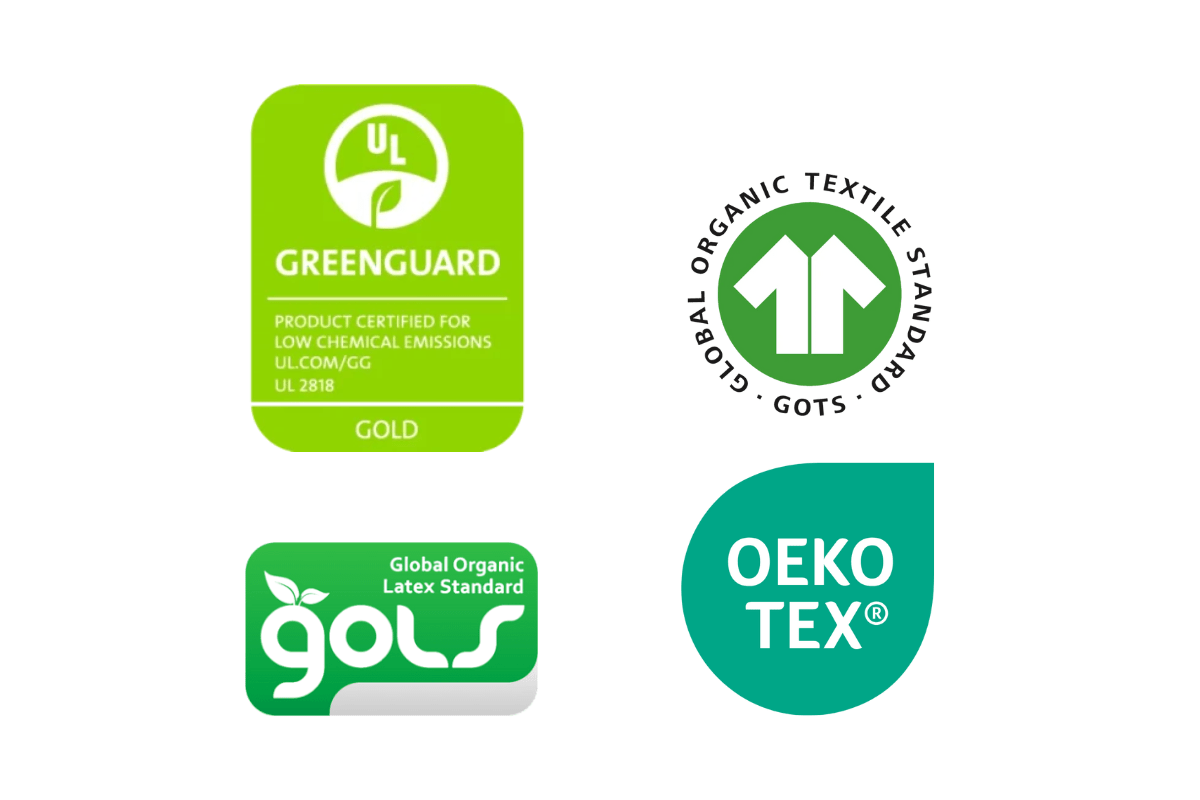
Why Organic Cotton Covers Matter
Most mattresses have a cover, but in an organic mattress, it should be made of organic cotton and GOTS certified. Regular cotton uses a lot of pesticides, which stay on the fabric. Organic cotton avoids toxic chemicals and is processed naturally. The cover touches the body every night, so it should be breathable and safe. Organic cotton helps reduce exposure to harmful chemicals while you sleep. It also feels softer and more comfortable than standard cotton.
When comparing mattresses, check the label carefully. If it doesn’t say GOTS certified organic cotton, it is likely not truly organic. A clear label ensures the mattress meets organic standards and safety expectations.
Wool In Organic Mattresses
Wool is an important part of many organic mattresses, even if it’s not the first material people notice. It serves as a natural fire barrier, so manufacturers don’t need to use chemical flame retardants. This makes the mattress safer without adding harsh substances. It also helps manage moisture, keeping sleepers dry through the night. The natural fibers provide insulation, so the bed stays cool in summer and warm in winter. Wool adds a soft layer that improves overall comfort.
The best wool comes with proper certifications, like GOTS, or from farms that follow sustainable and cruelty-free practices. Choosing certified wool ensures the material meets safety and environmental standards. This makes it a practical and eco-friendly choice for an organic mattress.
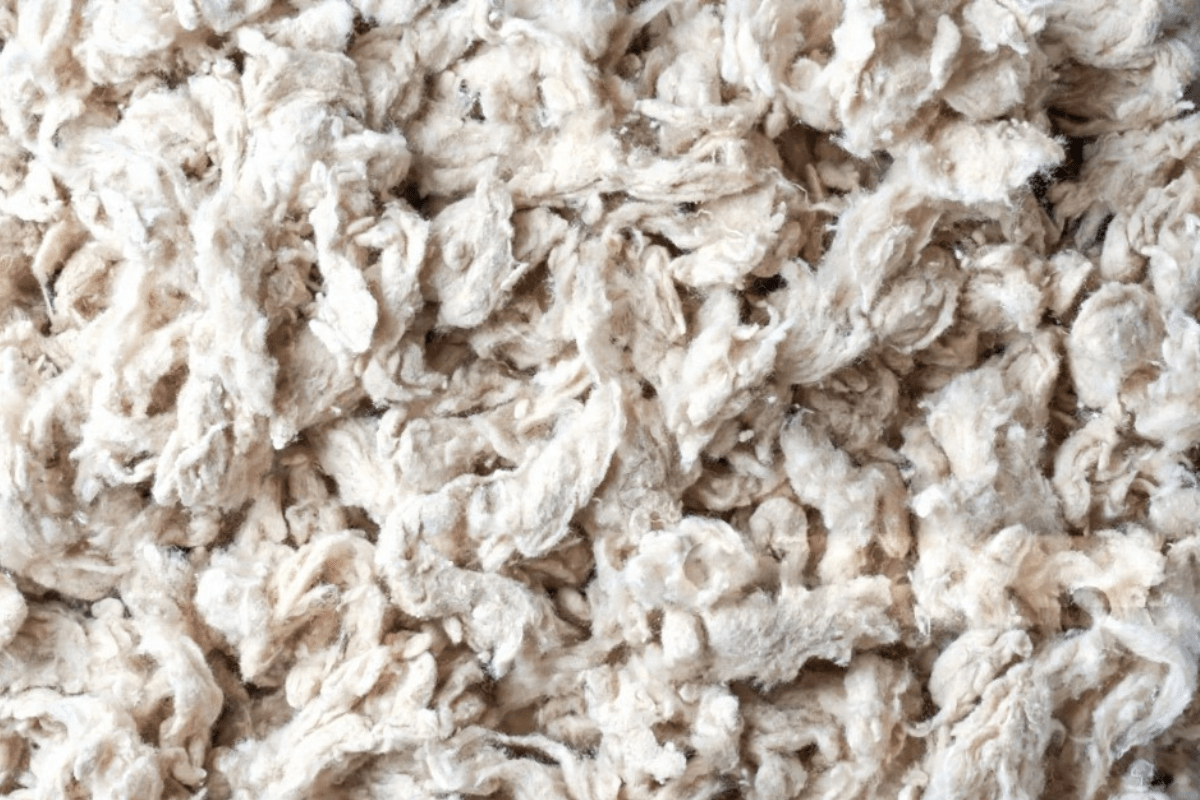
What Is Natural Latex?
Natural latex in a mattress means it comes from rubber tree sap. The best option is GOLS certified latex, which confirms it is truly organic. Without this certification, it can be hard to know how natural the latex really is.
There are two main types of natural latex. Dunlop latex is dense and supportive, giving a firmer feel. Talalay latex is lighter and more breathable, making it feel softer and more airy. Latex can last a long time and has a bouncy feel. It avoids the chemicals found in synthetic foams. Choosing 100% natural or organic latex is important, as blends may include synthetic materials.
The Problem With “Natural” and “Green”
Not every mattress that says “natural” or “eco-friendly” is fully organic. Some use terms like “green mattress” or “eco-foam” without explaining what they mean. Labels can be misleading and don’t always reflect the actual materials. Some products claim to be organic but don’t show any certifications. Without proof, it’s hard to trust that they meet real standards. Buyers should be careful when claims are vague or unsupported.
Sometimes only part of the mattress is natural while the rest is synthetic. Real organic mattresses show clear labels and third-party certifications. These details confirm the mattress meets strict requirements and is genuinely organic.
Benefits Of An Organic Mattress
An organic mattress reduces exposure to chemicals found in many standard mattresses. It keeps harmful substances like flame retardants and VOCs out of the bedroom. This can help create a cleaner, safer space for sleep. Natural materials like wool and cotton can improve temperature regulation. They help the mattress stay breathable and comfortable through the night. This keeps sleepers cooler in summer and warmer in winter.
Organic mattresses also support sustainable and ethical practices. They last longer than synthetic options, resisting wear and tear. Choosing one provides peace of mind while contributing to better farming methods.

Is A Chemical-Free Mattress Worth It?
A chemical-free mattress is a good choice for those focused on health and home safety. It avoids synthetic foams, fire retardants, and other chemicals that can build up in the body over time. This reduces contact with substances some people try to limit. These mattresses usually last longer than standard ones. Replacing them less often creates less waste and keeps sleep more consistent. The added lifespan gives more value beyond the initial cost.
Homes with kids, pets, or allergy concerns can benefit from them. A chemical-free mattress lowers exposure to irritants and creates a safer sleep space. It provides quiet reassurance without extra effort.
Final Thoughts
A mattress counts as organic when it uses real natural materials and avoids harmful chemicals. Certified materials like organic cotton, wool, or natural latex are key. This creates a safer and healthier place to sleep. It can also reduce exposure to irritants that bother the skin or lungs.
Check for certifications such as GOTS or GOLS. Materials should be untreated and genuinely organic. Labels like “eco” or “green” don’t mean much without proof. Taking time to verify the mattress ensures it truly meets organic standards.
Good sleep affects overall health and daily energy. Choosing an organic mattress supports both personal well-being and the environment. It’s a choice that benefits the sleeper and the family. A mattress like this can also last longer while staying free of harmful chemicals.

